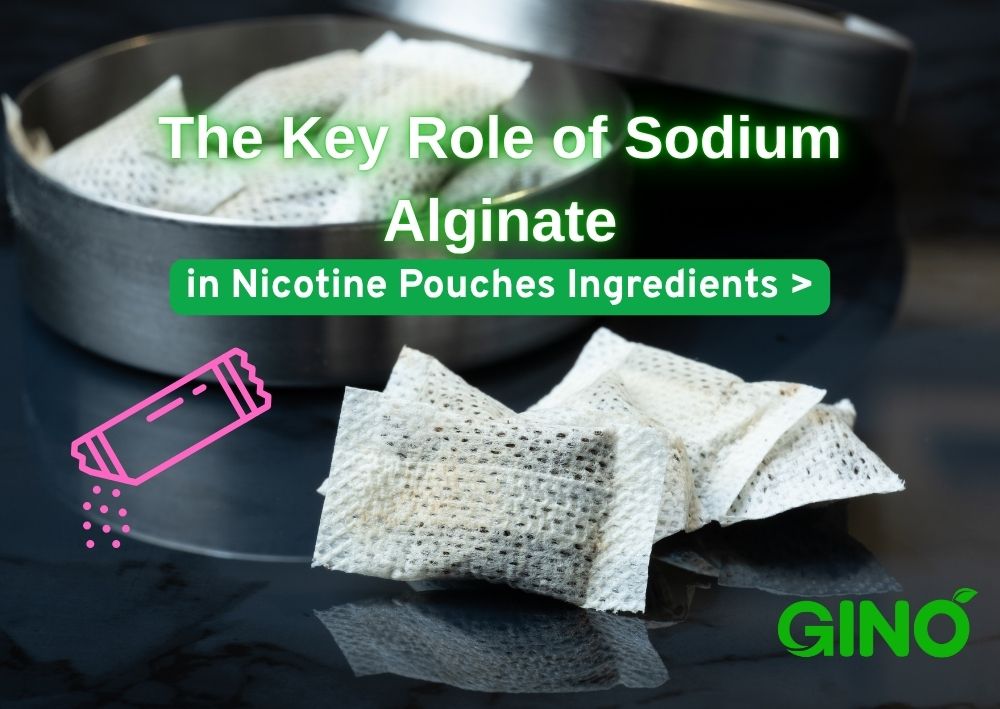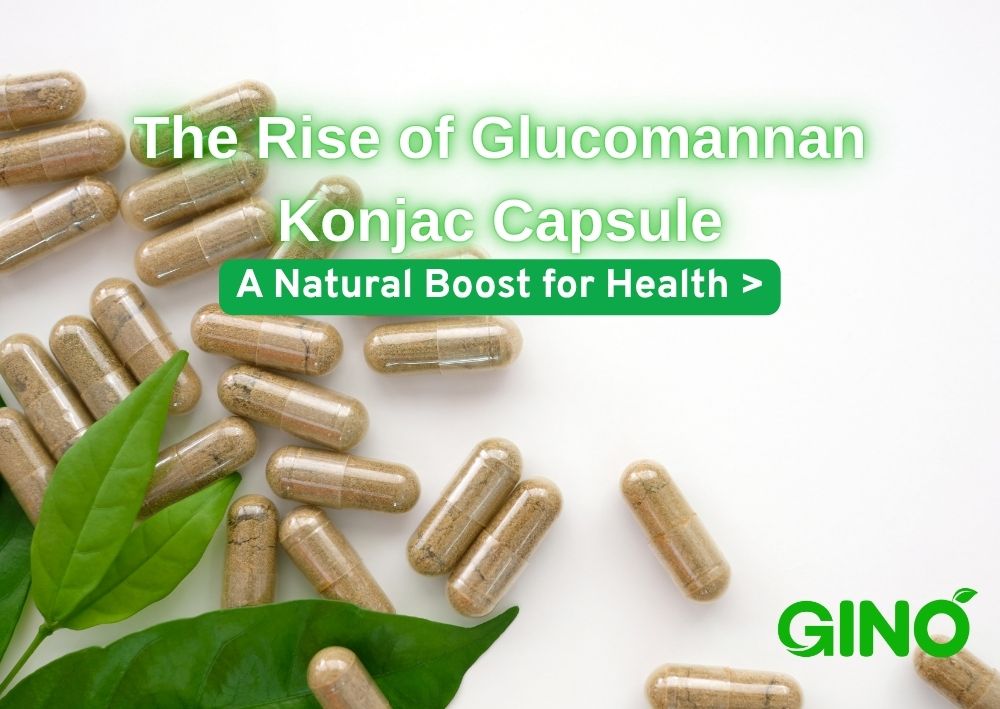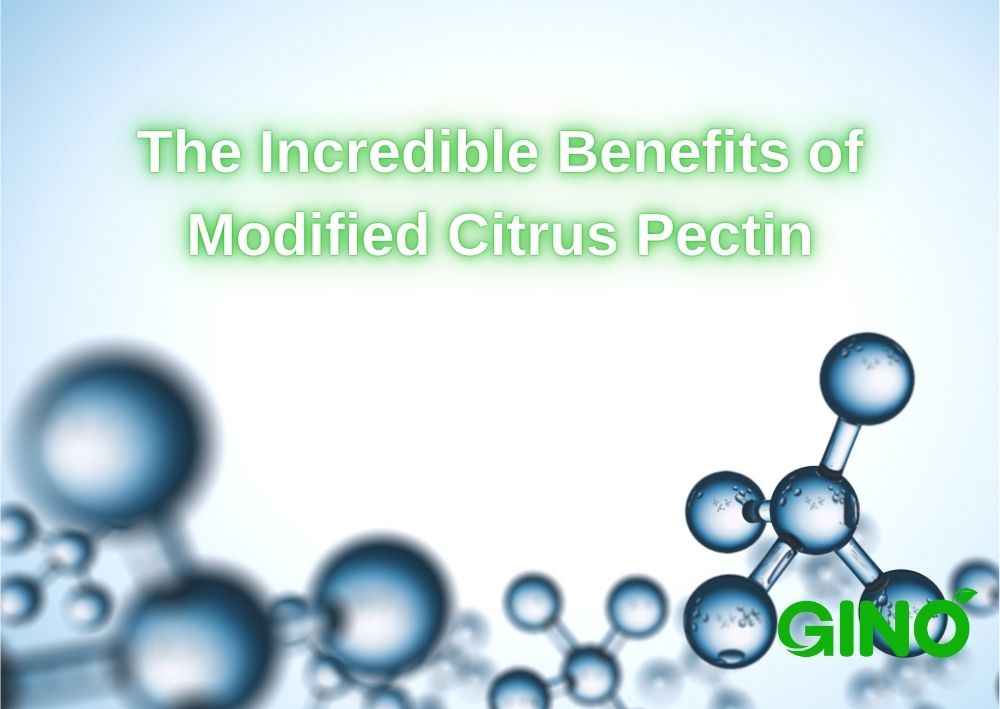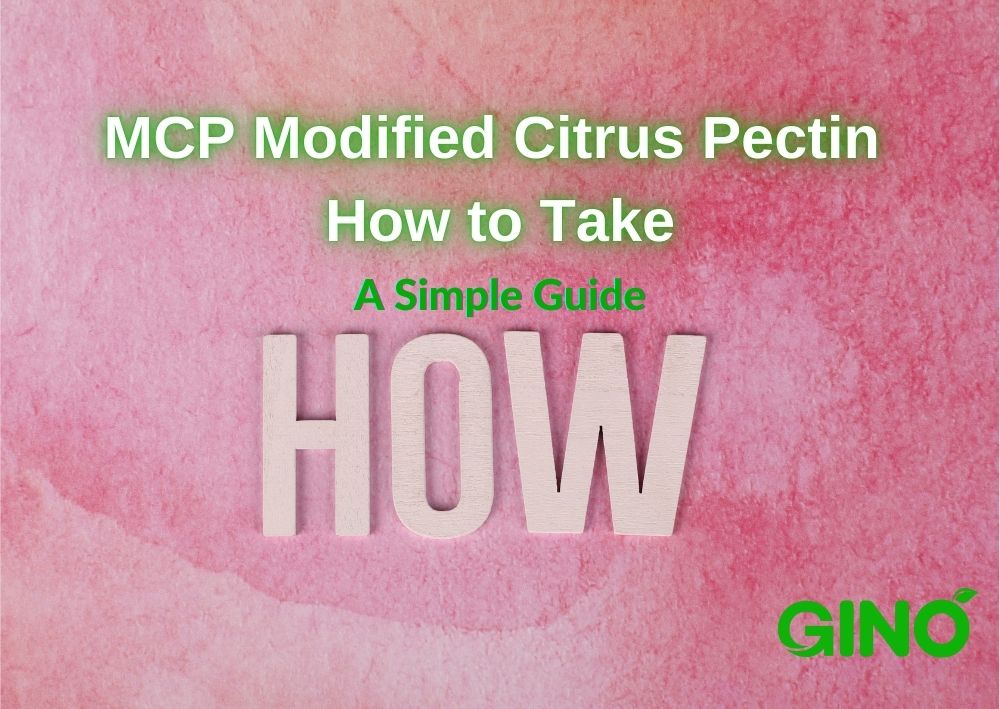
HM Pectin vs LM Pectin: Understanding Their Differences and Applications
HM Pectin vs LM Pectin
1. HM Pectin vs LM Pectin
Pectin is a versatile natural polysaccharide found in the cell walls of plants and is widely used as a gelling agent, stabilizer, and thickener in food processing. There are two main types of pectin: high methoxyl (HM) pectin and low methoxyl (LM) pectin.
Although they are derived from the same source, their properties and uses in the food industry differ substantially due to their degree of esterification.
In this article, we will delve into the differences between HM pectin and LM pectin, highlighting their applications, and how to choose the right type of pectin for your needs.
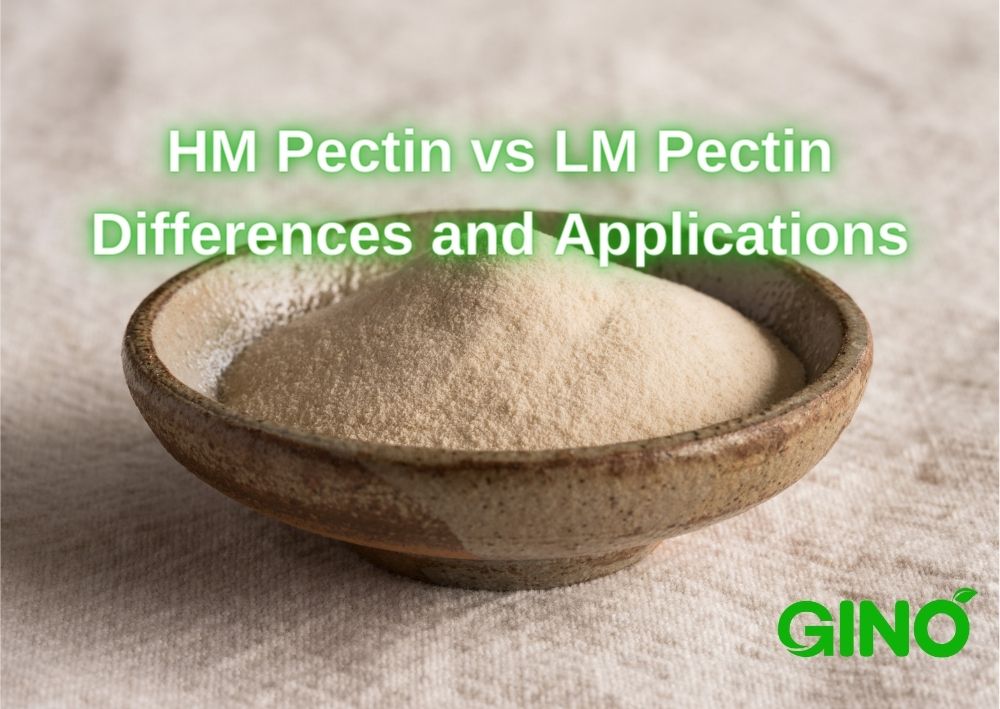
2. A Detailed Overview
To start off, let's define the degree of esterification (DE) which differentiates HM and LM pectin. DE is the percentage of the carboxyl groups in the pectin that are esterified with methanol.
HM pectin has a DE above 50%, typically between 58-75%, while LM pectin has a DE below 50%, generally being between 20-40%.
Below is a comparison table outlining the differences between HM (High Methoxyl) pectin and LM (Low Methoxyl) pectin:
Aspect | HM Pectin | LM Pectin |
Degree of Esterification | 58-75% | 20-40% |
Gel Formation | Requires high sugar concentration and low pH (acidic) | Requires the presence of divalent cations (e.g., calcium) for gelling |
pH Stability | Requires low pH for gelling | Can gel at a wider pH range |
Gel Texture | Typically results in a firmer & brittle gel texture | Can yield softer or more flexible gels depending on conditions |
Sugar Requirement | High | Low to none |
Common Applications | Traditional jams, jellies, high-sugar confectioneries | Low sugar/sugar-free products, dairy products, structured water desserts |
This table summarizes the key differences between HM pectin and LM pectin, highlighting their respective properties and applications in food and other industries.
3. HM Pectin vs LM Pectin Applications
3.1 - HM Pectin Applications
Traditional Jams and Jellies: HM pectin is commonly used in traditional jam and jelly formulations. It requires high sugar content and acidity (low pH) to form stable gels. This type of pectin is ideal for creating firm, spreadable gels that preserve fruits effectively.
Confectionery: HM pectin is used in confectionery products like gummy candies, fruit chews, and jellied sweets to provide a soft, chewy texture. It helps achieve the desired consistency and mouthfeel in these sweet treats.
Yogurt Drinks and Beverages: HM pectin is employed in yogurt drinks and beverages to enhance texture and mouthfeel. It stabilizes the product and contributes to a smooth, creamy consistency.

3.2 - LM Pectin Applications
Low-Sugar and Diet Products: LM pectin is preferred in applications requiring gelling under milder conditions or with lower sugar content. It is used in low-sugar jams, dietetic spreads, and reduced-calorie fruit products.
Fruit Preparations: LM pectin is suitable for fruit preparations used in bakery fillings, glazes, and toppings. It provides a stable gel structure and enhances the appearance and flavor of the finished product.
Bakery Fillings and Glazes: LM pectin is used in bakery fillings to maintain fruit integrity and in glazes to provide a glossy finish. It contributes to the overall texture and appearance of baked goods.
Pharmaceutical and Nutraceutical Formulations: LM pectin, including modified citrus pectin (MCP) or Low Molecular Citrus Pectin (LCP), finds use in pharmaceutical and nutraceutical products as a gelling agent for encapsulation and controlled-release applications. MCP/LCP contributes to the delivery of active ingredients in various dosage forms, providing benefits in drug delivery and nutritional supplements.

How to Choose?
When choosing between HM and LM pectin, consider the final product's desired texture, sugar content, and pH balance. For high sugar, acid products, go for HM pectin; for calcium-triggered gelling and low or no sugar content, choose LM pectin.

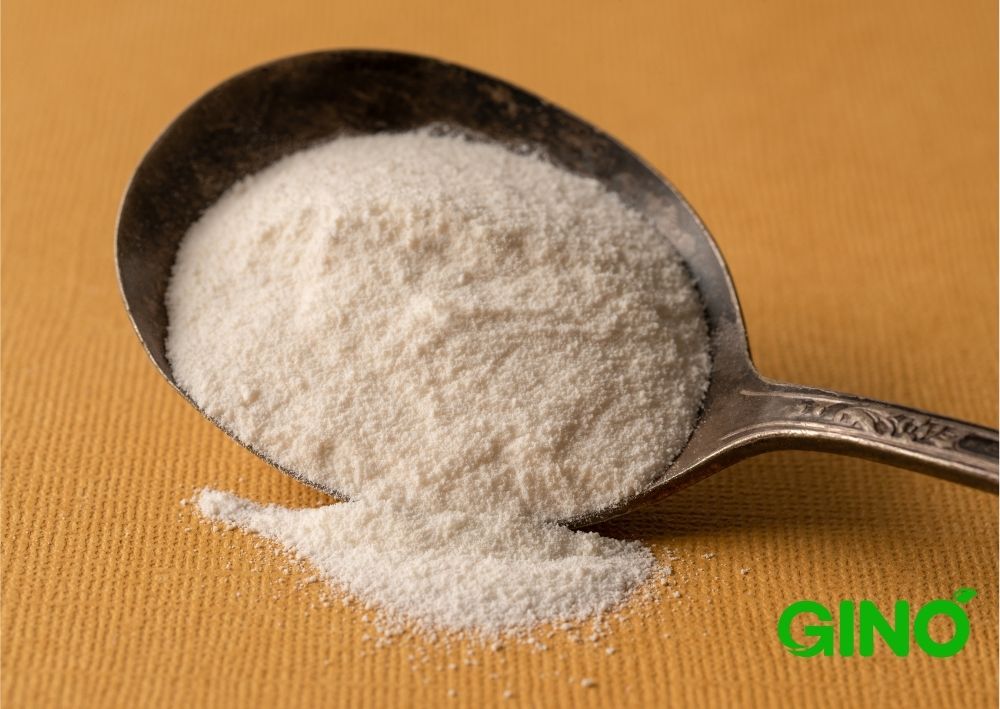
At Gino, we understand the pivotal role that pectin plays in creating the perfect texture and stability in food products. That's why we offer a comprehensive range of pectin products, including both high methoxyl and low methoxyl options to meet your precise needs.
Our quality pectin solutions ensure that whether you're crafting a traditional jam or an innovative, health-conscious dessert, you'll achieve the exact consistency and taste profile you're aiming for.
This article has provided a clear distinction between HM and LM pectin, their applications, and tips on how to select the right type for your product needs. Remember, the right ingredient makes all the difference - choose Gino for all your pectin solutions.
Choose Gino as your pectin supplier and enhance your food creations with our premium pectin line.
Contact us today to explore our products, request samples, or discuss your specific needs! We offer both HM and LM pectin options to ensure you achieve the perfect texture and stability for your products.
Contact usAny Questions? Need Help?
Recent Posts
About us
With the mission of providing plant-based gums & stabilizers for a healthier life, Gino Gums & Stabilizers was founded in 2018.
We focus our main attention on various kinds of Plant-Based Hydrocolloids and Stabilizing solutions systems.

